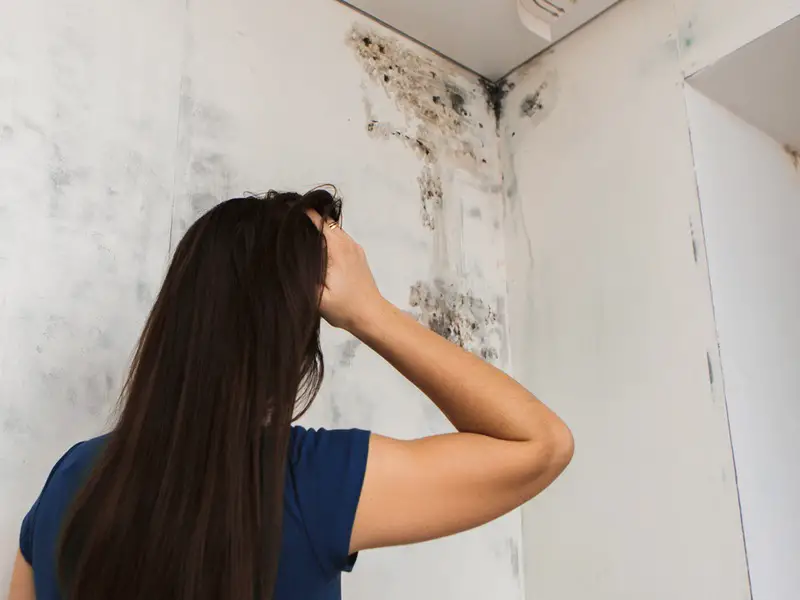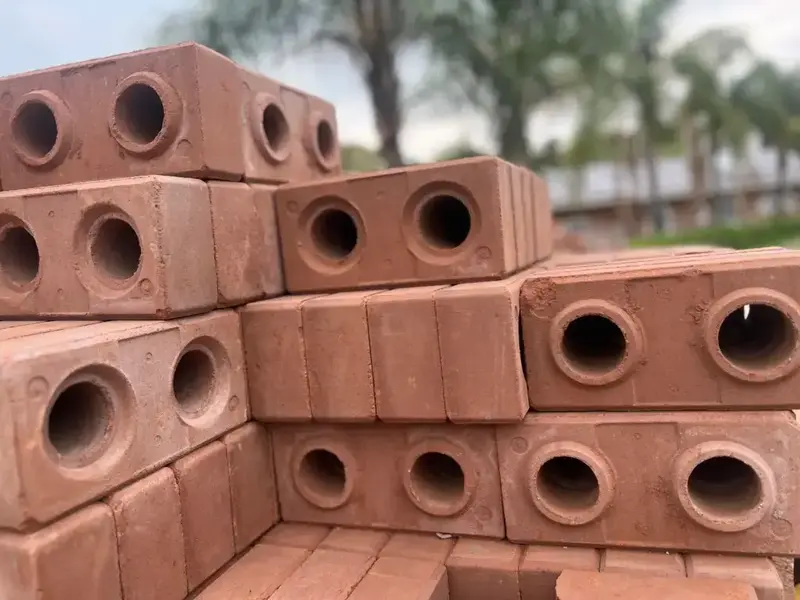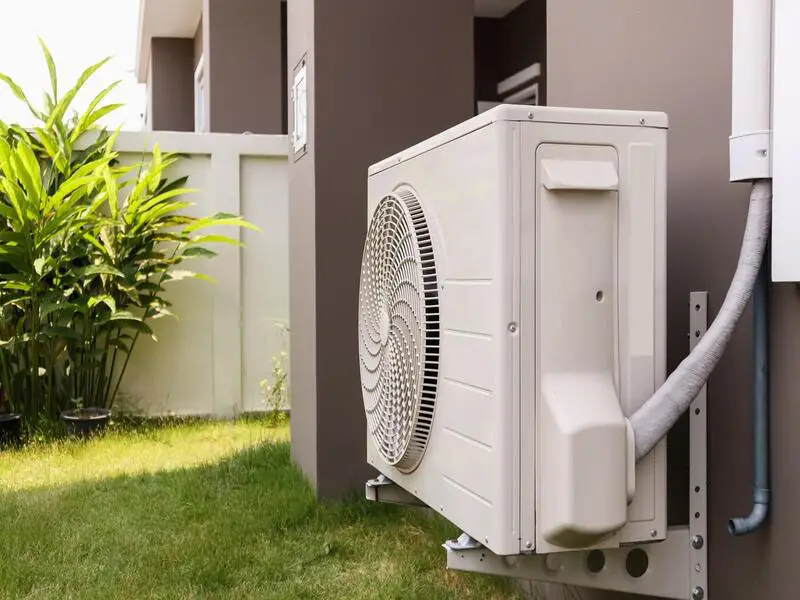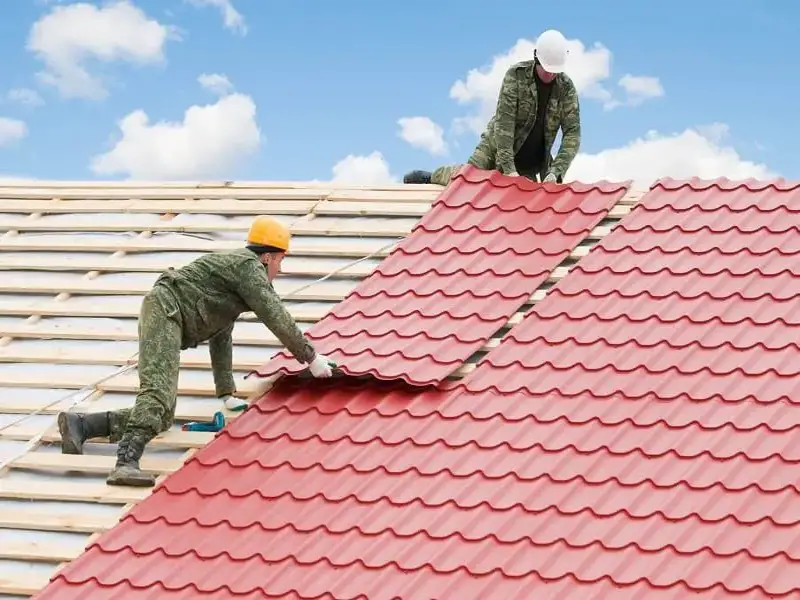Mold is a type of fungus that grows in damp and humid areas, and it can cause a variety of health problems if not addressed. It can trigger allergic reactions, asthma attacks, and even infections. In addition, mold can also damage your home, causing structural issues and reducing its value. Therefore, it is essential to take preventive measures and combat mold before it becomes a severe problem. Here are five steps to help you prevent and combat mold in your home.
1. Control Humidity
Controlling the humidity in your home is crucial for preventing mold growth. Mold spores can spread easily and grow rapidly in damp and humid environments, making it essential to keep your home’s humidity levels in check.
The ideal humidity level for your home should be between 30-50%. However, in areas where moisture tends to accumulate, such as the bathroom and laundry room, it’s important to keep the humidity level below 60%. You can use a hygrometer to monitor the humidity levels in your home and adjust accordingly.
Using a dehumidifier is an effective way to reduce the humidity levels in your home. A dehumidifier works by removing excess moisture from the air, making it less conducive for mold growth. When choosing a dehumidifier, consider the size of your room and the level of humidity in your home.
In addition to using a dehumidifier, you can also improve ventilation in your home. Opening windows and doors to improve air circulation can help reduce moisture buildup and prevent mold growth. Ensure that your home is well-ventilated in areas where moisture tends to accumulate, such as the bathroom, kitchen, and laundry room.
Overall, controlling the humidity levels in your home is a crucial step in preventing mold growth. By using a dehumidifier and improving ventilation, you can create an environment that is less conducive for mold growth and enjoy a healthier living space.
2. Fix Water Leaks
Water leaks can be a major cause of mold growth in homes. Whether it’s a small drip or a major leak, water can provide the moisture necessary for mold spores to thrive. Therefore, it’s essential to fix any water leaks as soon as possible.
One of the first places to check for water leaks is your plumbing. Check your pipes, faucets, and toilets for any leaks or drips. Even a small drip can provide enough moisture for mold to grow. If you notice any leaks, repair them promptly or contact a plumber to fix the issue.
Another common source of water leaks is the roof. Check your roof regularly for any signs of damage or wear and tear. If you notice any cracks or missing shingles, have them repaired as soon as possible. Additionally, ensure that your gutters are clean and properly functioning to avoid water accumulation on your roof.
Fixing water leaks promptly can not only prevent mold growth but also save you money in the long run. Water leaks can cause structural damage to your home and lead to costly repairs. By addressing any leaks early on, you can avoid these issues and create a healthier living space for you and your family.
3. Improve Ventilation
Improving ventilation in your home is another effective way to prevent mold growth. Proper ventilation allows for better air circulation, which helps to reduce moisture levels and prevent mold spores from settling and growing.
One way to improve ventilation in your home is to open windows and doors. This allows fresh air to flow through your home and helps to remove stale, humid air that can contribute to mold growth. It’s especially important to improve ventilation in areas of your home that tend to accumulate moisture, such as the bathroom and kitchen.
Another important factor to consider when improving ventilation is ensuring that your dryer is properly vented to the outside. If your dryer is not properly vented, it can release moisture into your home, which can contribute to mold growth. Make sure that the dryer vent is clear and free of any debris or obstructions.
In addition to opening windows and doors and venting your dryer, you may also want to consider installing exhaust fans in your bathroom and kitchen. These fans help to remove excess moisture from the air, which can help prevent mold growth. Make sure that the fans are vented to the outside and that they are turned on during and after any activities that generate moisture, such as taking a shower or cooking.
Improving ventilation in your home is a simple yet effective way to prevent mold growth. By ensuring that there is proper air circulation and that excess moisture is removed, you can create a healthier living environment for you and your family.
4. Clean and Dry Water-Damaged Areas
Water damage can be a major contributor to mold growth in homes. If you experience any water damage in your home, it is essential to take immediate action to clean and dry the affected areas.
The first step is to remove any standing water. You can use a wet/dry vacuum to suction up the water and prevent it from soaking into porous materials such as carpets and furniture. If the water damage is extensive, it may be necessary to remove and replace any damaged materials.
Once you have removed the standing water, it’s important to thoroughly dry the area. You can use fans or dehumidifiers to speed up the drying process. It’s important to ensure that the area is completely dry to prevent any lingering moisture that can contribute to mold growth.
If the water damage is extensive, it’s recommended to hire a professional to handle the cleanup. A professional restoration company has the necessary equipment and expertise to quickly and effectively clean up water damage and prevent mold growth.
It’s important to note that even if the water damage appears to be minor, it’s still important to take immediate action. Mold can start growing within 24 to 48 hours in moist environments, so it’s essential to act quickly to prevent mold growth.
Cleaning and drying water-damaged areas is a crucial step in preventing mold growth in your home. By taking swift action and ensuring that the affected areas are thoroughly cleaned and dried, you can prevent the onset of mold growth and protect your home and family from potential health hazards.
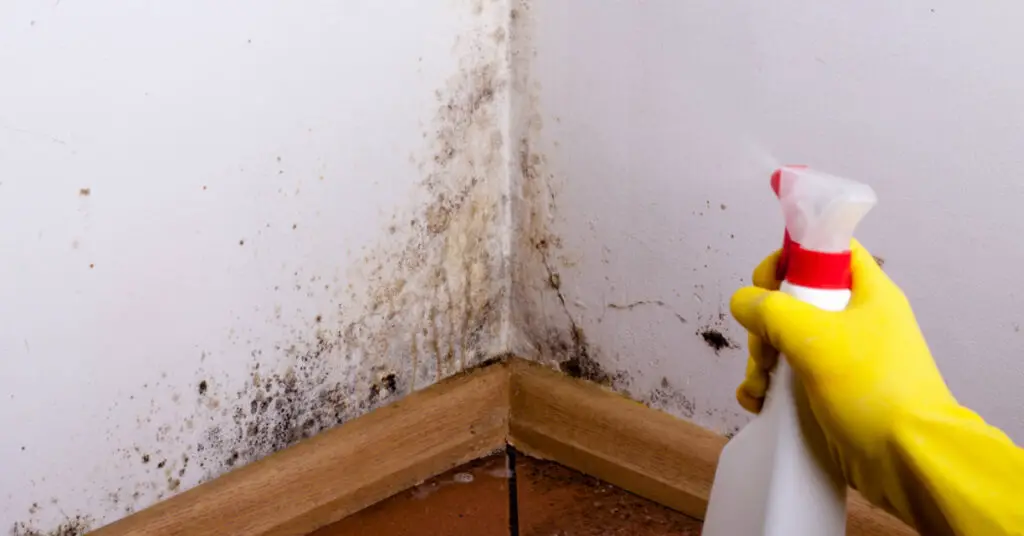
5. Use Mold-Resistant Products
Using mold-resistant products is an effective way to prevent mold growth in your home. Mold-resistant products are specially designed to resist moisture and mold growth, making them ideal for use in areas that tend to accumulate moisture.
One of the most common mold-resistant products is mold-resistant drywall. This type of drywall is made with fiberglass instead of paper on its surface, making it more resistant to moisture and mold growth. It’s ideal for use in areas such as bathrooms, kitchens, and basements, where moisture levels tend to be high.
Mold-resistant paints are another option for preventing mold growth. These paints contain antimicrobial agents that inhibit the growth of mold and other fungi. They are ideal for use in high-moisture areas such as bathrooms, kitchens, and laundry rooms.
In addition to mold-resistant drywall and paints, there are also mold-resistant insulation products available. These insulation products are treated with antimicrobial agents that prevent the growth of mold and other fungi. They are ideal for use in attics, basements, and crawl spaces, where moisture levels tend to be high.
Using mold-resistant products is an effective way to prevent mold growth in your home. By using these products in areas that tend to accumulate moisture, you can significantly reduce the chances of mold growth and protect your home and family from potential health hazards.
Conclusion
In conclusion, mold can cause serious health issues and structural damage to your home, making it essential to take preventive measures to combat it. By controlling the humidity levels, fixing water leaks, improving ventilation, cleaning and drying water-damaged areas, and using mold-resistant products, you can reduce the chances of mold growth in your home. It’s important to keep in mind that prevention is key, and by following these simple steps, you can enjoy a healthy and safe living environment. Remember to regularly inspect your home for any signs of mold and take action immediately if you find any. By doing so, you can protect your health and your home from the damaging effects of mold.

